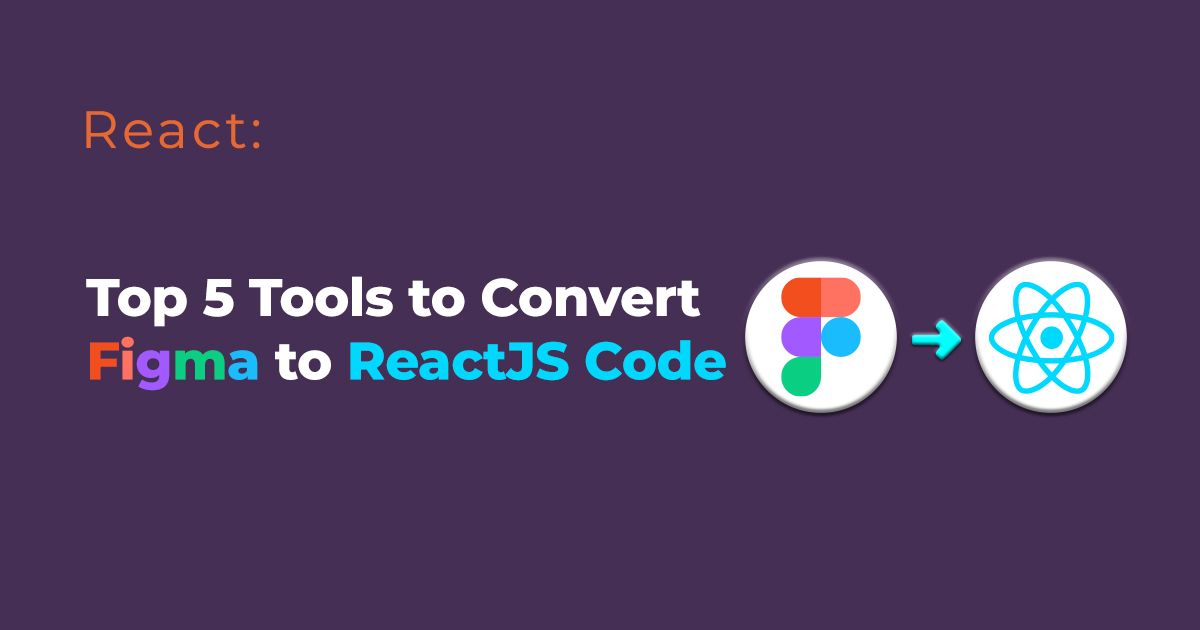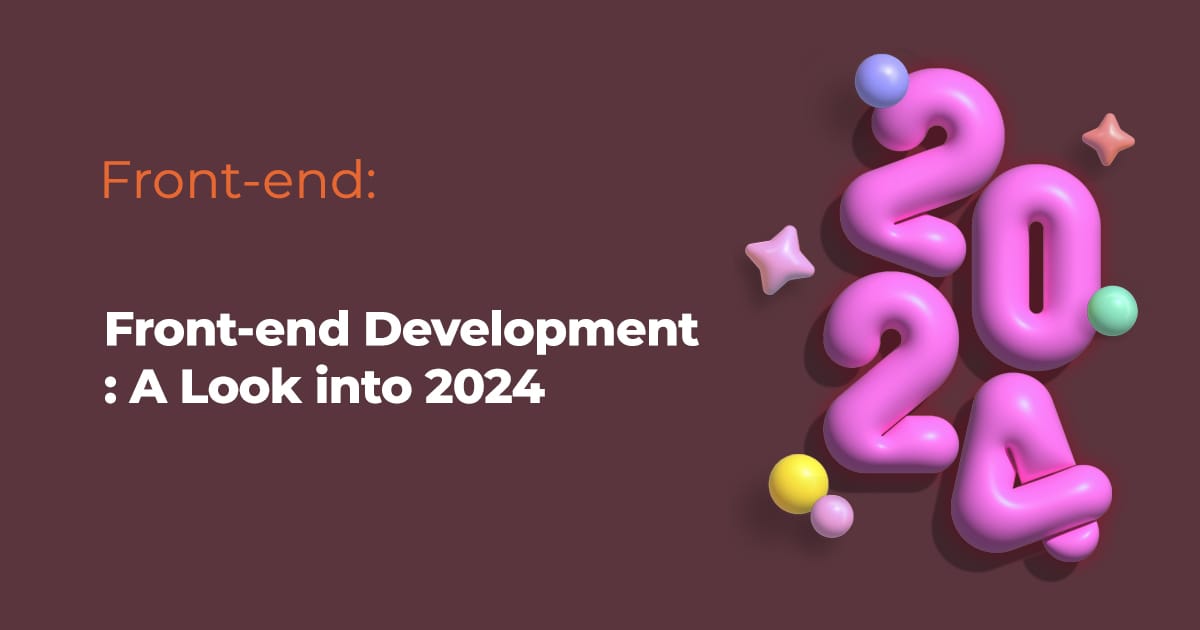Introduction:
React 18 was released in August 2022, and it introduced a number of major new features that make it a significant upgrade over previous versions. These features are designed to improve performance, responsiveness, and efficiency, making it easier for React developers to create better applications.
Concurrent Rendering:
One of the biggest new features in React 18 is concurrent rendering. This allows React to render multiple components at the same time, rather than one at a time. This can significantly improve performance and responsiveness, especially for applications with a lot of dynamic content.
Concurrent rendering works by using a rendering scheduler to distribute rendering tasks across multiple threads. Each thread is then responsible for rendering a different component.
There are a number of benefits to using concurrent rendering, including:
- Improved performance: Concurrent rendering can reduce the time it takes to render an application, making it feel more responsive.
- Improved responsiveness: Concurrent rendering can help to improve the responsiveness of an application by reducing the time it takes to respond to user input.
- Improved energy efficiency: Concurrent rendering can help to improve the energy efficiency of an application by reducing the amount of time that the CPU is working.
Automatic Batching:
Another new feature in React 18 is automatic batching. This automatically batches together multiple small rendering operations into a single larger rendering operation. This can improve performance by reducing the number of times that the browser has to re-render the DOM.
Automatic batching works by using a rendering scheduler to identify and batch together multiple rendering operations.
There are a number of benefits to using automatic batching, including:
- Improved performance: Automatic batching can reduce the number of times that the browser has to re-render the DOM, which can improve performance.
- Improved memory efficiency: Automatic batching can help to improve the memory efficiency of an application by reducing the number of times that the DOM has to be updated.
Suspense-based Server-Side Splitting:
React 18 also introduces support for suspense-based server-side splitting. This allows React to split code into multiple bundles, based on whether or not the code uses suspense. This can improve performance and security by reducing the amount of code that needs to be loaded on the initial request.
Suspense-based server-side splitting works by analyzing an application's components to identify which components use suspense.
There are a number of benefits to using suspense-based server-side splitting, including:
- Improved performance: Suspense-based server-side splitting can reduce the amount of code that needs to be loaded on the initial request, which can improve performance.
- Improved security: Suspense-based server-side splitting can help to improve security by reducing the amount of code that is exposed to the client.
Server-Side Streaming Rendering:
Finally, React 18 introduces server-side streaming rendering. This allows React to render an application's content as it becomes available, rather than waiting until all of the content is available. This can improve performance by reducing the amount of time that it takes for an application to load.
Server-side streaming rendering works by analyzing an application's components to identify which components can be streamed.
There are a number of benefits to using server-side streaming rendering, including:
- Improved performance: Server-side streaming rendering can reduce the amount of time that it takes for an application to load, which can improve performance.
- Improved responsiveness: Server-side streaming rendering can help to improve the responsiveness of an application by making it feel like content is loading more quickly.
Conclusion:
React 18 is a significant upgrade over previous versions, and it introduces a number of new features that can help React developers create better applications.
Related Posts









